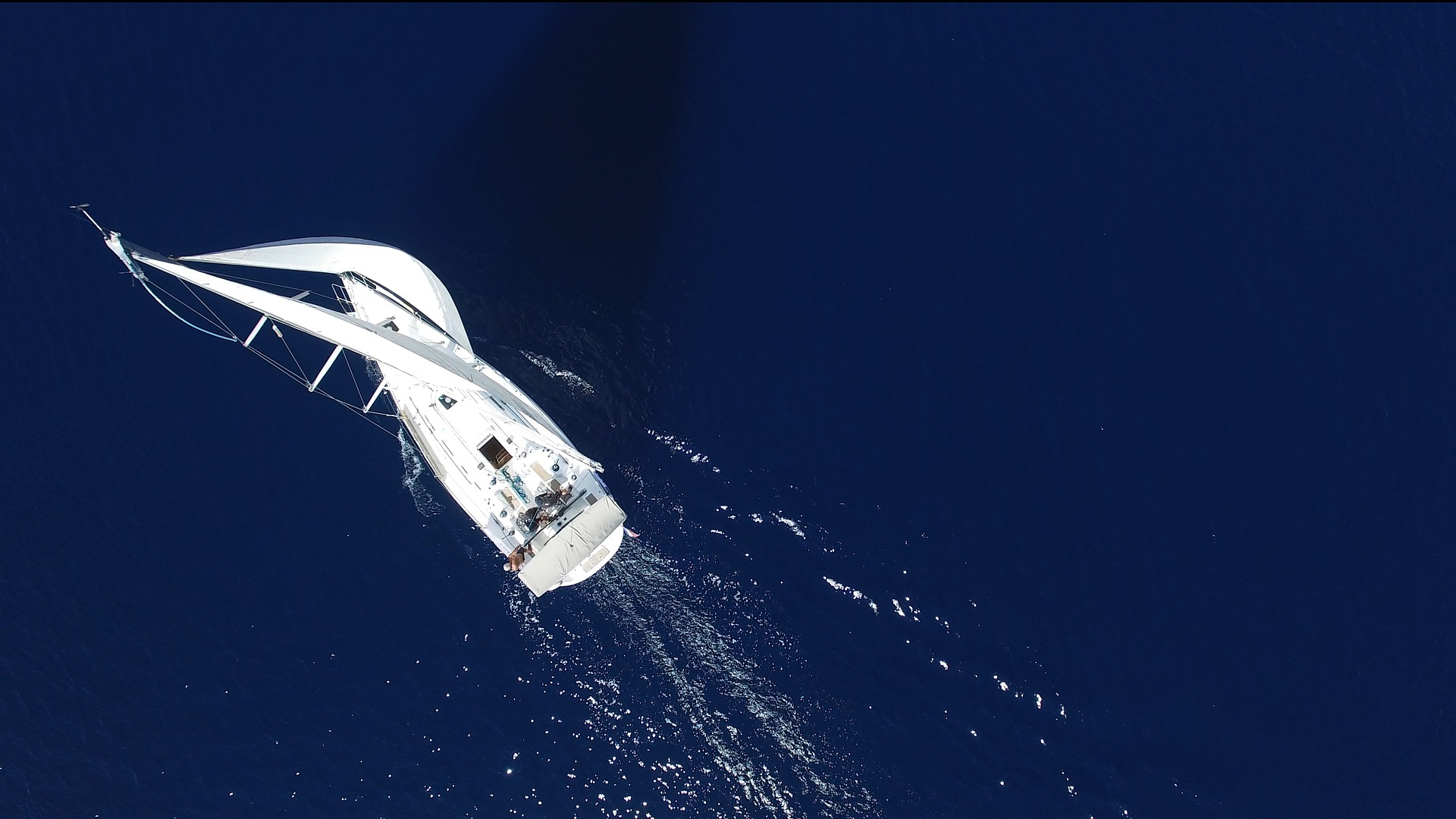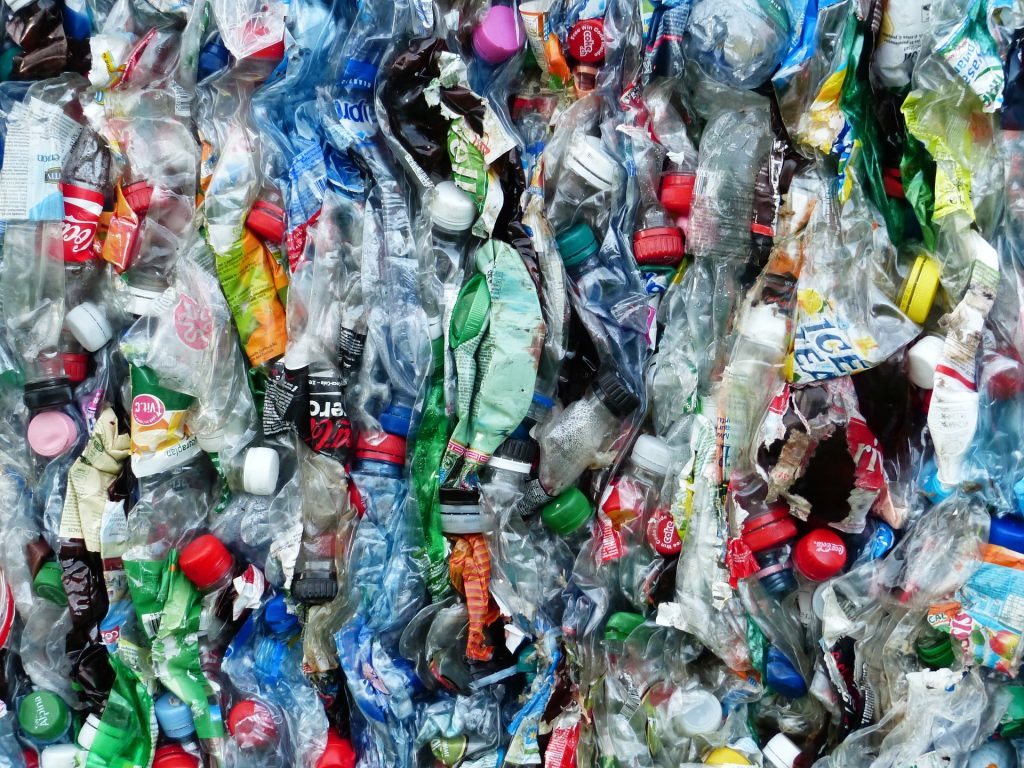As many would attest, Egypt has never been the “go-to” place for the super-rich international travelers. It is much better known as a destination for budget-friendly package tours. Even the state has prioritized quantity, to the point of offering incentives to tour and charter flight operators bringing in groups from overseas.
There are, however, a handful of areas in Egypt that cater to high-end international travelers, such as the yacht ports at El Gouna in the Red Sea and Porto Marina and Marasi along the North Coast. Yet, it’s always been individual efforts from developers rather than an all-out strategy from the government.
In August, that changed as the government launched an initiative to promote yacht tourism as part of a more comprehensive strategy to draw more high-end tourists to the country. The plan includes attracting new international investments to build those ports on Egypt’s 2,400 km coastline along the Red Sea and the Mediterranean. That same month, The Minister of Transportation Kamel El Wazir announced that they would create a digital interface between yacht owners and the government authorities at the port, thereby shortening bureaucracy hassles for those high-demand visitors.
Those announcements couldn’t have come at a better time, as luxury tourism globally has gotten a boost from Class-A travelers eager to stretch their legs after months of COVID-19 restrictions. The pandemic has changed their approach to traveling, including how they get to their destinations, where they stay, and the types of services they demand.
For Egypt, that could be a very lucrative opportunity. “People, in my view, are yearning to come to see Egypt’s North Coast, in particular. They have never seen it,” said Mohamed Alabbar, Emaar Misr Chairman, to Enigma Magazine in August during the inauguration of an international yacht marina in Marassi, Egypt’s latest yacht port along the North Coast. He added that attracting the super-rich tourists to Egypt “is the way to go.”
More holidays
And it’s not just ultra-high-net-worth individuals who plan to splurge on high-end travel. According to the 2021 Global Travel Trends survey by American Express Travel, 61% of respondents say they plan to spend more than they did on holidays before the pandemic.
Those mid-budget travelers are choosing luxurious options because they saved during the lockdowns — not going on holidays and cutting back on other indulgences. Mark Zandi, Moody’s Analytics chief economist, estimated personal savings in 2020 alone were about 6% of global GDP. “The U.S. has the world’s most excess saving, equal to 12% of GDP, with the U.K. a close runner-up at 10% of GDP,” he noted.
That phenomenon is happening almost everywhere, particularly in places that had the most lockdowns. According to a Goldman Sachs paper in April, global savings rose $5.4 trillion “above their expected average levels.”
Additionally, more people have moved into the high-net-worth category. The number of millionaires has increased by 5.2 million to 56.1 million globally since the start of the pandemic, according to Credit Suisse research. “In 2020, more than 1% of adults worldwide were millionaires for the first time [in their lives],” it said. The majority came from developed countries such as the United States, Germany, Australia and Japan. On the other hand, developing economies such as Brazil and India saw their number of millionaires decrease.
Credit Suisse said many people made their wealth in 2020 by investing in the stock market, real estate, and products and services that catered to people’s pandemic-influenced routines. “Wealth creation appeared to be completely detached from the economic woes of the pandemic,” the paper said.
Retirees also are looking to spend more on their holidays.” Older folks [are] living their best life by splurging,” Patrick Scholes, managing director for lodging and experiential leisure equity research at Truist Securities, told Skift in April. “They are also enjoying the additional space” because of social distancing.
Pandemic fueled
The demand for high-end services began as wealthy individuals booked private “evacuation flights” at the start of the pandemic. “There’s undoubtedly been a rise in demand for short-notice charters relating to COVID-19,” Adam Twidell, CEO of PrivateFly, a jet booking service, told The Guardian in March 2020. “We’ve had a very significant number of inquiries for group evacuations and from corporates and individuals.”
That rise in demand also was due to the desire to avoid public airports and checkpoints. “Increasingly, we [saw] clients looking to take a private flight between a variety of global destinations to avoid exposure to crowds in [commercial] cabins and airport terminals,” explained Twidell.
By the end of 2020, affluent travelers were pushing for a return to normal. Swiss-based LunaJet CEO Eymeric Segrad said that while the second and third quarters were a quiet period for private jet travel, there was a surge toward the end of the year as wealthy individuals went on holidays. As a result, LunaJet’s profits were up 15% in 2020, compared to 2019. In addition, VistaJet, a U.K.-based private jet operator, reported a 320% increase in trips in July 2020 compared to a year earlier.
As a result, the pandemic’s impact on private aviation wasn’t as severe as for commercial flights. According to WingX, an aviation consultancy, commercial airline flights dropped 75% in 2020 compared to just 42% for private jets.
In 2021, as borders reopened to vaccinated travelers, many continued to prefer private jets. In August, private jet travel was back to 93% of its 2019 level, compared to 65% for commercial flights, according to WingX. St. Tropez House, a platform that manages high-end properties in Italy, reported 35% of its clients in 2021 used private jets, up from 15% in 2019.
NetJets, a U.S. company that offers shared ownership of private aircraft, reported 80% of its business would come from leisure travelers in 2021 versus 60% in 2019. Its competitor, FlexJet, reported a similar trend to The Guardian in January. “Personal [rather than business] travel has been the biggest driver of private aviation activity,” said Marine Eugene, the company’s managing director. “We [also] have seen an increased number of first-time fliers.”
Such demand will likely continue, according to the April Portrait of American Travelers survey by MMGY Global, a marketing communications and tech company. It noted that self-described “luxury travelers” plan to take four trips in 2022 at an average cost per person of more than $3,900 per trip, compared to a total annual budget of $2,193 for those who identified themselves as “non-luxury travelers.”
Hotel boom
Hotels, meanwhile, saw demand for their more expensive suites increase significantly. “We have been experiencing a tremendous increase in bookings recently — especially for our larger suites,” Ariane Chapot, general manager of a refurbished 17th-century palazzo on the island of Corsica in France, told Skift in April.
Other luxury hotels report similar growth, including The Beverly Hills Hotel, Hotel Bel-Air, and Dorchester Collection. “We are witnessing a dramatic increase in demand for our U.S. hotels,” said Helen Smith, chief customer experience officer for the Dorchester Collection. “These hotels are showing high suite occupancy and an exceptional ADR [average daily rate] of over $1,000.”
Demand for luxury vacation home rentals also is rising. Vacasa, a U.S. property management company, noted that the average rent was 28% higher than in March 2019. Onefinestay, an Accor brand, reported a similar trend. “Demand is especially high in the Caribbean — where we have seen that our average booking value is up 80%,” Amanda Dyjecinski, chief brand and marketing officer, told Skift in April.
Cruises are another beneficiary of the boom in luxury travel. “Without a doubt, [the largest travel agencies in North America] see the strongest level of bookings for premium and luxury types of cruises,” said Scholes of Truist Securities in a May research paper. O’Neil of Skift described that rise in demand as a “cresting wave in reservations for luxury cruise brands.”
Longer stay, indoors
Another trend among wealthy travelers this year has been longer holidays. St. Tropez House saw travelers rent its properties for an average of 3.5 weeks this summer, compared to two weeks in 2019. It also reported the number of clients who extended their holidays after the fact and during their trip increased 25% over historical averages.
There is a similar trend in yacht rentals. Monaco-based Yachtzoo reported more rental inquiries and for longer periods this year than in 2019 and 2020. On average, clients stayed on their yachts 10 to 14 days longer, with most extension requests coming while clients were aboard.
However, those longer stays are not translating into more time exploring the destination’s attractions. Ned Quekett, CEO of Relevance marketing agency, wrote in a July column on The Drum portal that high-end travelers seek “different things from holidays during the pandemic.”
For example, St. Tropez House said in a release that its customers order increasingly larger quarters because they mostly remain on the grounds for their entire stay. As a result, requests increased significantly for private chefs and other on-demand services. “This stands in contrast to previous years, when priorities …. included proximity to town centers, restaurants and boutiques,” wrote Quekett.
Similarly, Yachtzoo reported that its clients mainly stayed on board, forgoing shoreside amenities. “People pretty much only traveled with their bubble or close-knit family and friends,” said Quekett. “Gone is the demand for sightseeing opportunities and nightlife, and instead, things like privacy took precedence.”
‘Big picture’ reality
While high-dollar clients are a lucrative segment, the overall numbers of travelers still matter to the bottom line. International hotel chains are unlikely to recover with luxury travelers alone, as they have long relied on business travelers whose companies foot the bill. “Higher-end hotels usually have corporate group business, incentive travel, and so forth, but it’s gone,” said Amanda Hite, president of STR, a hospitality data and analytics company.
As a result, “far too many rooms [are] empty,” said Hite, adding that most rooms, even luxury ones, are basic accommodations. As a result, hotels’ average revenue per room was down by 26% in April 2021 compared to the same month in 2019, according to STR.
Quekett noted that international luxury hotel chains also are likely to lose business to smaller niche hotels, castles and islands that could offer all related services, from securing private jets and helicopters to home-to-home travel.
Airlines are suffering a similar trend. “We are seeing that travelers are more likely to select more expensive airfares … versus the same period in 2019,” Hugh Aitken, vice president of Skyscanner, a price comparison search engine, told Skift in April.
That has resulted in planes taking off with significantly fewer passengers, as most seats are economy class. “Today’s leisure luxury travelers usually aren’t as profitable or numerous as yesterday’s [economy and corporate] flyers,” noted Madhu Unnikrishnan, editor of Airline Weekly, in the April issue. Accordingly, refitting planes to create more first-class seats would require significant financial investment and time.
Money talks
Nevertheless, the rise in luxury demand is already spurring new investments. Brian Foley, the founder of Brian Foley Associates, a specialized think tank, told The Guardian in September that big jet manufacturers were reporting demand for private jets is twice their current output. He said about 700 private planes would be delivered in the United States this year and 900 next year, levels not seen since 2007.
That growth, he said, would prove a “meaningful ramp-up” that would justify investments to boost capacity. “Since airplane production can’t be increased with the flip of a switch, overall 2021 deliveries won’t be all that different from the past decade,” said Foley. “However, as OEMs [original equipment manufacturers] gain confidence that the increased demand is real and they can crank out more planes without the risk of unsold units becoming expensive lawn ornaments, the spin-up will become more pronounced.”
Many experts see demand for luxury travel and accommodation continuing for years. The “luxury travel market is projected to be the fastest-growing segment of the travel industry worldwide” through 2027, noted the Allied Market Research 2021 report. During an earnings call in March, James Riley, CEO of Mandarin Oriental, said he was “very excited about the prospects for 2022 and beyond.”
As the COVID-19 pandemic lingers, however, this year’s upward trend in luxury travel might require a trial-and-error approach. “While we can certainly imagine a future where the pandemic will not impact luxury travel trends, it seems likely that for the next five years, at least, priorities driven by the pandemic will stay in place,” said Quekett. The priority for businesses is to “ensure their offerings are flexible enough to suit their clients’ changing needs – whether that’s a summer-long private villa stay complete with its own helipad or breathtaking experiences packed into three-day weekends.”
‘Break-the-bank’ economy
People coming out of the pandemic are impulse buying from the world’s most expensive brands.
Lockdowns since the World Health Organization (WHO) declared COVID-19 a pandemic in March 2020 have devastated the incomes of many. The World Bank noted that extreme global poverty in 2020 was 15% higher than pre-COVID-19 projections. This year, that difference will widen slightly to nearly 16%.
Despite the cash crunch resulting from more individuals losing jobs or accepting lower salaries, consumption patterns are moving more upmarket.
LVMH Moët Hennessy Louis Vuitton said its profits from “recurring operations” reached EUR 7.6 billion during the first half of 2021, up 44% compared to the same period in 2019. Operating margins also increased from 21.1% to 26.6%. “LVMH has enjoyed an excellent half-year … despite being in the midst of a global crisis,” said Bernard Arnault, the group’s chairman and CEO, in a company statement.
It is not only LVMH that is witnessing a boom in sales. Kerling International, which owns Gucci and Balenciaga, reported consolidated profits were up 8% during the first half of 2021 compared to the same period in 2019. Hermes, meanwhile, said its first-quarter revenues were up 38.4% compared to the first three months in 2020, just before the pandemic.
That trend is even evident in developing countries. India, which has the second-highest number of COVID-19 cases worldwide, is witnessing a boom in luxury car sales. Mercedes-Benz, BMW and Audi dealerships reported third-quarter sales of 8,500 units, the highest in three years. Experts talking to The Economic Times (ET), an Indian publication, estimated three car brands could have sold 10,000 units if not for the global microchip shortage.
Said Martin Schwenk of Mercedes-Benz India to ET: “The demand sentiment is very strong, not only driven by new products, but the overall confidence level is back to normal. I think it is a natural demand, and it is not a pent-up demand as seen before. We are expecting a very strong festive demand, and all the parameters — walk-ins, bookings, service revenues — all are indicating levels of business seen pre-COVID-19.”
Susannah Streeter, an analyst at Hargreaves Lansdown, a U.K. financial services company, says the rise in demand for the most expensive products is expected. “Many wealthier individuals have been in the enviable position of piling up savings over the pandemic,” she told The Standard in July.
Several international experts speaking to media outlets forecast that the global luxury market would return to pre-2020 levels by the end of this year. Streeter attributes that to those brands’ “financial firepower” to market their products as well as their stellar and reliable reputations.
A report from RBC Capital Markets forecasts luxury brands will enjoy increasing sales for at least the coming six to 12 months. “Excess savings, wage inflation, asset price inflation all contribute to increasing disposable income and ‘feel good’ factors which are relevant in the purchasing decision pathway for luxury goods,” it noted.







